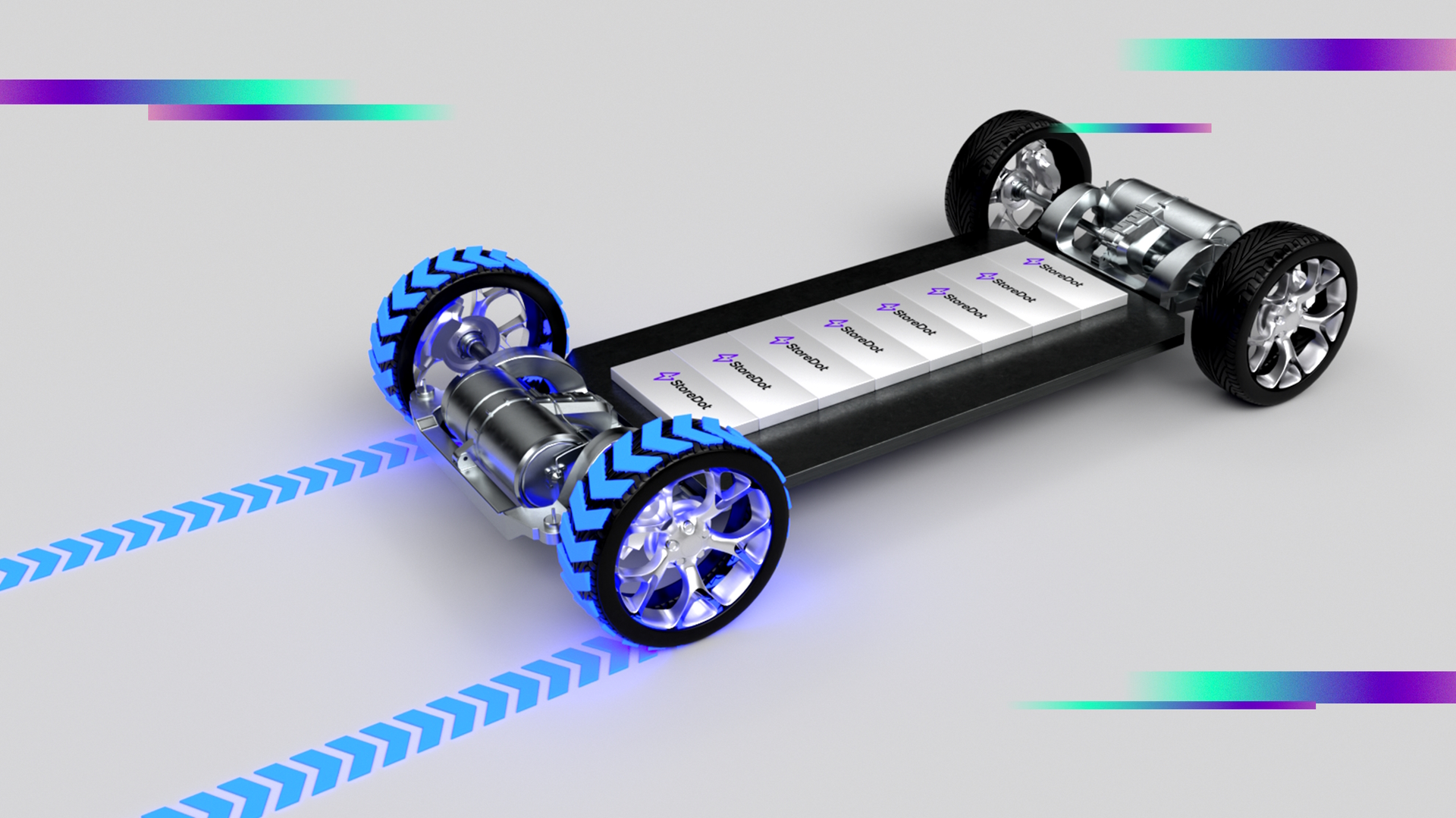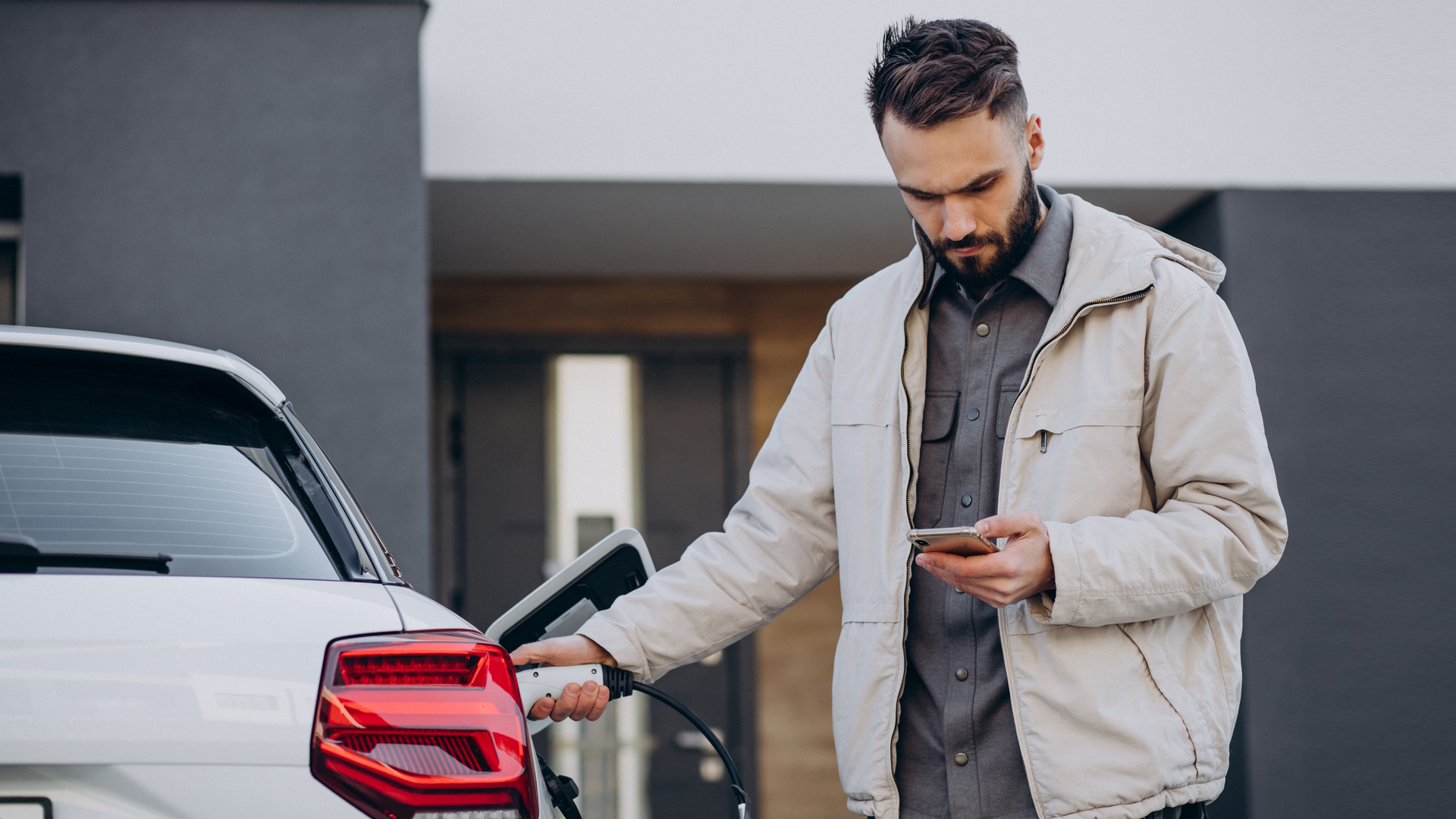In 2023, the CEOs of Polestar and StoreDot made a bold commitment to bring extreme fast charging capabilities to drivers. This month, we have shown the first results of that promise.
In a landmark demonstration, a Polestar 5 prototype equipped with StoreDot's Extreme Fast Charging (XFC) battery cells was successfully charged from 10% to 80% in just 10 minutes — and this achievement has cemented a significant steppingstone for the entire automotive industry, bringing the mass adoption of EVs a step closer.
Overcoming the Complexity of Extreme Fast Charging
Since introducing its extreme fast charging silicon-dominant EV battery cells, StoreDot has received tremendously encouraging feedback for its tested cells. This demonstration is the world’s first 10-minute charge of an EV fitted with a standard 77kWh battery pack, powered by silicon-based battery technology.
"The challenge of this demonstration lies in the integration of StoreDot’s XFC technology with the existing design of the Polestar 5, requiring no modifications to the vehicle's architecture or peripheral systems," said Dan Corfas, Director of Product and System Engineering at StoreDot. "The integration effort had to solve all mechanical, electrical, thermal and software challenges to produce a battery that can charge in 10 minutes, while maintaining the environment needed for the cells’ longevity and safety. We had many challenges during the project, and together with the amazing team at Polestar we had to creatively work through them all. Our cells were designed with this simplified, almost ‘drop-in’ approach, this is also true on the manufacturing side where our technology has full compatibility to standard production lines".

Corfas shared insights into the accomplishment: "Achieving a consistent charge rate of well over 310kW reaching a peak of 370kW, without overheating, represents a significant milestone. Looking ahead, a key advantage of the silicon-based technology is the ability to continue pushing energy density and charging rate boundaries for several more generations. In contrast, conventional graphite anodes are already approaching their theoretical performance limits, restricting further advancements. We’re rapidly maturing the design, we’ve shown the cell’s longevity with over 2000 repetitive XFC charges, now we’ve shown it can work inside a pack, this provides a crucial pathway to commercialization and widespread EV adoption."

Elevating the Driving Experience, Everyday
The collaboration between StoreDot and Polestar on XFC technology integration addresses one of the most significant barriers to EV adoption: charging anxiety. By dramatically reducing charging times, this technology enhances the practicality and appeal of electric vehicles. Albert Vila, Director of Business Development, Europe at StoreDot, emphasized the commercial impact: "Our joint demonstration with Polestar sets a new benchmark for the industry. This demo of our XFC cells in Polestar’s vehicle showcases our commitment to innovation and our focus on enhancing the EV driver experience.", he says. "This collaboration has been pivotal. For a car maker, the integration of StoreDot's extreme fast charging technology means offering users a solution that significantly cuts down charging times, directly addressing one of the main hurdles to EV adoption and enhancing the overall user experience. Anyone familiar with various vehicle systems understands that integrating extreme fast charging capabilities means carefully accounting for many challenges. The fact that we were able to charge the car using available charging infrastructure, not relying on proprietary chargers, is remarkable. And the fact that we were able to successfully complete the demo on a drivable, fully functional vehicle, makes me even more excited and proud."
Jens Groot, Battery System Chief Engineer at Polestar, reflected on the project from the automaker’s perspective: "What we did this month is, I believe, a world first. For a standard vehicle without any novel cooling systems, we are looking at charging speeds I haven't seen anywhere else. We reached consistent speeds of 310-380 kW. This is proof that we can now charge at these speeds in a standard car. We didn't add anything new outside the battery pack. It still had the original cooling pump and fan," he says of the prototype Polestar 5. "With this battery, it almost doesn't matter when you stop to charge your car. Whether you stop to recharge at 10 percent or 60 percent, you'll achieve the same speeds. In this sense, the experience is more like filling up your car at the petrol station."

What's Next for XFC Technology?
This demonstration is more than a technical achievement and eye-candy for tech enthusiasts; it’s a step towards transforming the automotive landscape. By showcasing the ability to safely charge an EV in the time it takes to enjoy a coffee break, StoreDot and Polestar are paving the way for an industry wide XFC battery adoption. As this technology moves towards commercialization, it promises to give drivers a hassle-free driving experience, make electric vehicles more accessible and appealing, and contribute significantly to the global shift towards environmentally friendly transportation solutions.

As both companies continue to innovate and push the boundaries of what's possible, the visionary promise made by their CEOs in 2023 stands as a beacon of commitment and turns into a practical call to action for the entire industry—to adopt a collaborative approach in overcoming such obstacles, so that users around the globe can soon enjoy the benefits of faster charging and cleaner mobility.






